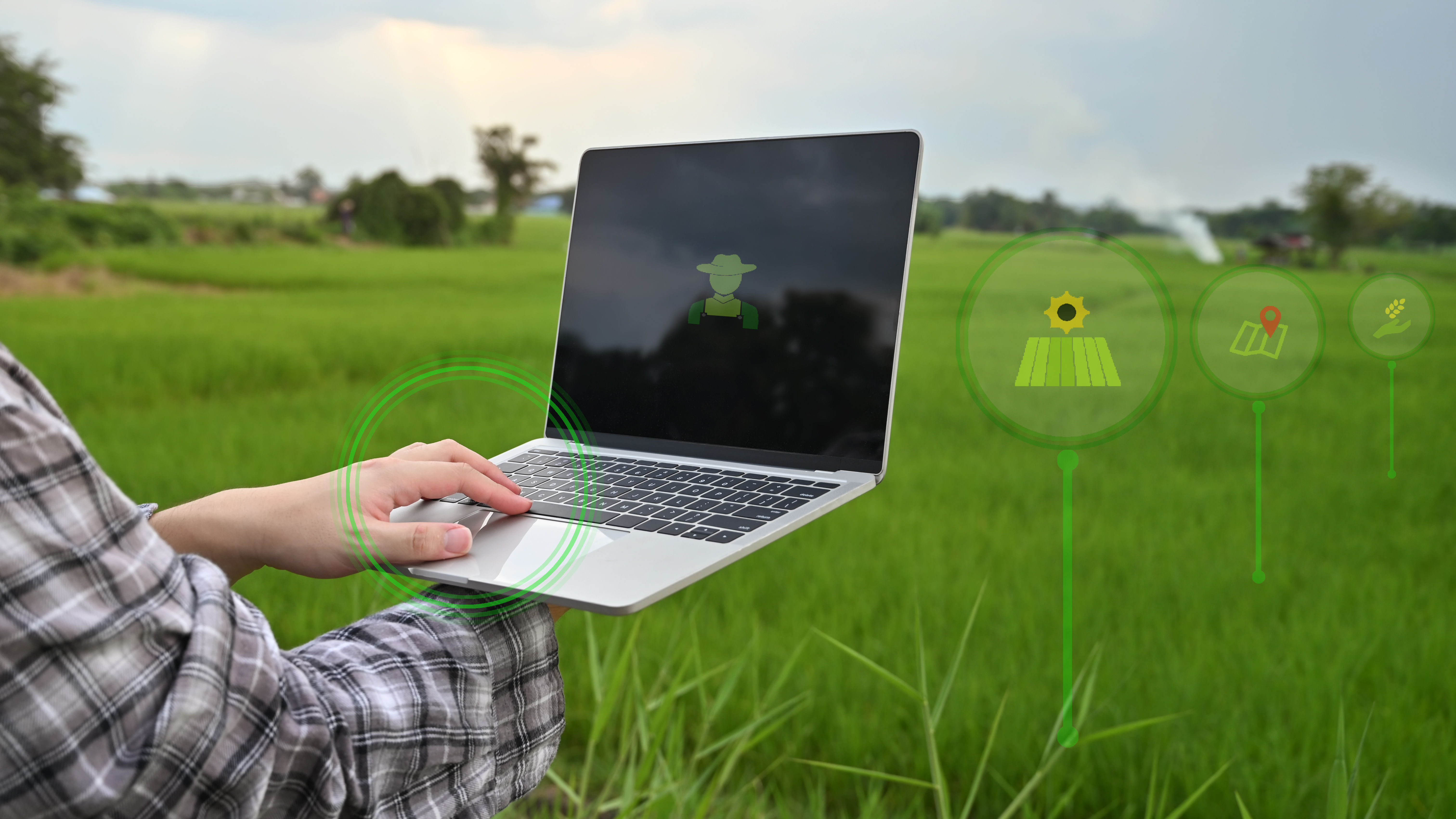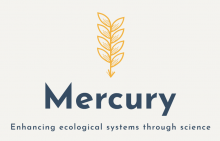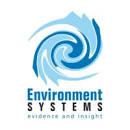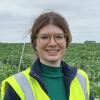Simple vegetation indices like NDVI are readily available from multiple places, especially now that free satellite data is now available from the EU Copernicus program's Sentinel 1 & Sentinel 2 satellites.
The UK Space Agency (UKSA) supports development of Earth Observation services in the UK, the European Space Agency (ESA) across Europe.
See relevant organisations, resources and projects below - Sign in and join this page to edit and add more.
















Discussion
Useful LinkedIn post and video: